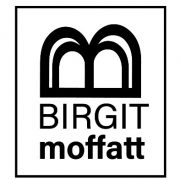As many of you know, my work is inspired by the New Zealand ngahere. Being in the forest revitalizes me, frees up my mind and calms my soul. However, this is not a post about how much I feel connected with the whenua o te ngahere, it is about the concern I have about the health of one of our most precious taonga. You know that Māori proverb – aroha mai, aroha atu – a wisdom that is quite universal, in Germany we have a saying – sowie man in den Wald hineinruft so schallt es heraus – or the equivalent in English What goes around comes around.
Over the recent years quite a few diseases have settled in our forests – such as kauri dieback ‘up north’ – incurable and fatal.
Since 2017 – Myrtle Rust is spreading over the land – affecting the myrtle family such as Pohutukawa, Mānuka and Rātā.
But also the change of climate plays a part in forest dieback; In the north of the South Island, large numbers of Mahoe trees are dying due to draughts after long period of wet weather.
Led by the United Nations Environment Programme (UNEP) and held annually on 5 June since 1973, World Environment Day is the largest global platform for environmental public outreach and is celebrated by millions of people across the world.
I have taken this day as an occasion to address forest dieback in the ngahere with an public art installation in a small kahikatea forestation along the Waikanae River Trail. About 70 tress have been bandaged with pharmaceutical elastic bandage. Making visible what we are not seeing – it can take many years for a tree to dye or to even have a visible sign of sickness.
This installation will be up until the end of the month – if you live locally or if you are in the area – the exact location is about 15 min up the river from the Otaihanga Domain carpark on the south side (see image) Following the graveled path under the express highway and the keep an eye out for the kahikatea (white pine) forest to the left.


